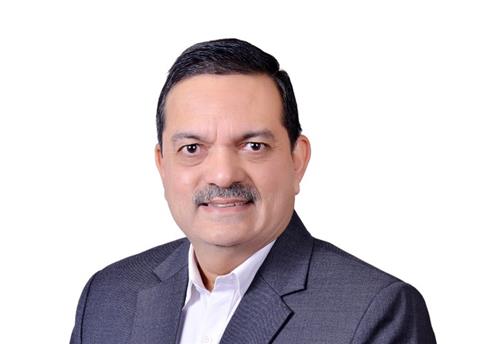Roti, Kapda aur car
Evidently, higher incomes are getting translated into demand for cars, which is probably one of the first striking signs of an economy on its feet. Those walking are on to a bicycle today while bicycle owners have graduated to two-wheelers, who in turn are owners of cars, with the Nano being the latest from the industry stable.
This resurgent demand for cars is a contrast to what we had in the 1980s when the Maruti 800 came on road, where only the cream of society had access to this luxury. Things have changed today, and higher incomes across all segments of society have contributed to this phenomenon where owning a car at times looks more like a necessity than a vanity. Nonetheless, the main economic factors driving this boom are the forces of demand and supply. Let us see the demand side first which has gone up for four reasons. The first is that man as a rule wants to ascend the ladder of living standards. Therefore, we are always in the mood to move up the consumption chain right from regular FMCG items to durable goods.
Owning a two-wheeler or car is probably the closest to what most people aspire for to begin with even while possessing a house is the ultimate goal. However, given that the housing prices have escalated for the middle class, it is still beyond the bank balances of most people and hence a vehicle is the first sign of conspicuous consumption that we are witnessing, keep mobile handsets aside.
The second is that the passenger cars industry has benefited immensely from the ‘Veblen’ effect, where we are always trying to keep up with the Joneses. This makes one migrate from a small to mid-size sedan to the more luxurious cars. The demonstration effect is manifested typically in middle class societies where people aspire to be what we may actually not be through the goods we consume. As this happens, those at the higher income levels maintain the distance by moving over to the luxury segment, thus keeping the class differentiation alive. This, in turn, has created a market for the cars, which have kept the manufacturers thinking and innovating. We, therefore, have multiple models coming from the factories of all manufacturers.
The third factor is that many jobs come with a company loan scheme which means that there is direct access to finance to buy the first real asset for an individual. An important factor here is higher incomes, where even entry level employees of banks earning something like Rs 25,000-30,000 a month can think of buying a car. At the higher level, jobs come with bigger cars which keeps demand ticking. This is a more recent phenomenon in urban areas which adds to the demand which traditionally came from the so called gifts given at the time of marriages.
Fourth, easy finance. Banks have been aggressive in lending for the purchase of automobiles where the repayment schedule is typically five years. This has helped individuals to actually take a loans of say Rs 4-5 lakh which can be repaid over five years depending on the person’s repayment ability. Today the interest rate structure is quite endearing with a single digit rate in the first year thane moves up with time linked to the base rates of banks. Easy bank finance has kept the demand for cars up over the years. The fact that interest rates were lowered by the RBI until the financial crisis set in, did make such loans cheap and which helped the industry.
On the supply side, carmakers have leveraged this boom and customised their vehicles to suit the requirements. While we have many international brands in India, they have kept introducing new models to suit every echelon and also made modifications in design and features to sell new products. This also causes people to shift their preferences and change their model with greater frequency than they would have, say, a decade back. Car prices have tended to be stable, if not come down under the force of competition at least for the mid-level cars.
For the luxury cars, the cost anyway does not matter and given the snob value, they can actually overcharge, as often the buyer is indulging in a brand. The same cannot be said about houses, as the cost of housing has risen sharply across all urban centers by between 20-100 percent over this period. Given that India’s growth story is real and here to stay, we can expect incomes to increase as new sets of people entering the spending stream. More importantly, the automobile industry on its own has the power to propel the economy as faster growth in this sector translates into higher demand for machines, metals including steel, plastic products and chemicals which will be critical going ahead. This in itself will maintain the boom in the industry calling for more players and models (products) as it becomes a virtuous cycle.
Views expressed are personal
RELATED ARTICLES
'ADAS' crux lies in its proactive approach to safety enhancement': TaMo's Mohan Savarkar
Savarkar writes about the role of Active Safety Technology and ADAS in Compact Cars in augmenting inclusive vehicle safe...
Maintenance 101 for your electric two-wheeler, a cheat sheet for a breezy ownership experience
The experience of owning electric bikes is new, and remaining informed, aware and proactive will help in becoming better...
How technology can advance traffic enforcement for safer roads
By ensuring that only qualified drivers occupy the roads, authorities can substantially reduce the risk of accidents ste...





 By Autocar Pro News Desk
By Autocar Pro News Desk
 24 Dec 2010
24 Dec 2010
 3901 Views
3901 Views









